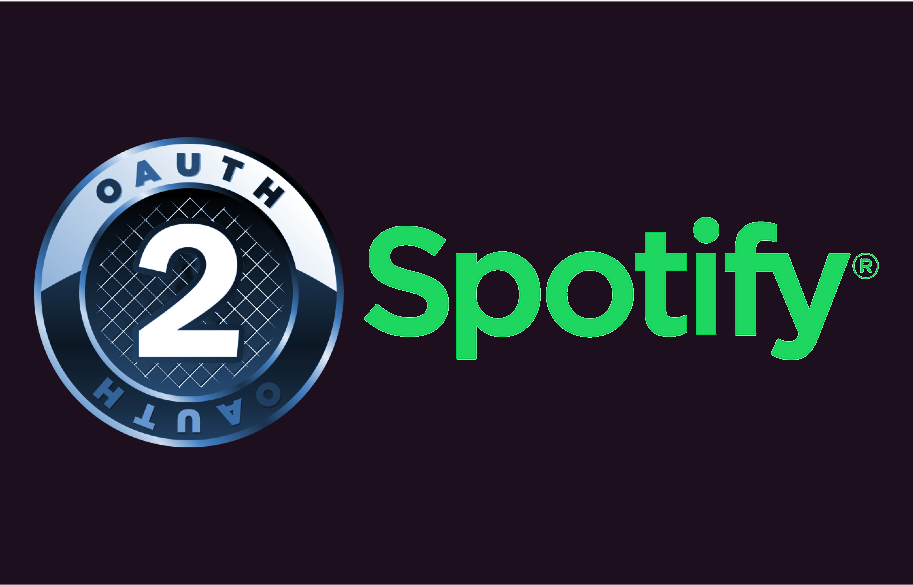My Journey Building an App with OAuth2.0 and Spotify: Lessons Learned
 Ryan Murzyn
Ryan Murzyn
As a recent graduate from a Software Engineering Bootcamp, I had the opportunity to work on a final project that pushed my skills and knowledge to the limit. The aim of this project was to create an application that connected with Spotify through OAuth2.0, accessed my personal playlists and their tracks, and downloaded the songs corresponding to those tracks by using YouTube-DL onto my local host. This project has been a little challenging but very informative. The main thing I got to know is deep inside, how does OAuth2.0 actually work and what is the process while connecting to other third-party APIs such as Spotify's.
How 2 OAuth2.0
OAuth2.0 is an industry standard for an authorization protocol. It allows third-party applications to access user data but without the need to expose user credentials. In other words, it acts as a bridge that securely lets an application request access to resources held by another service but on behalf of the user. Generally, the flow consists of the following steps:
User Authorization: A user visits an authorization server and allows an application the right to use their information.
Authorization Code Grant: Upon proper authorization of the request, the server redirects the user back to the application with an authorization code.
Access Token Exchange: The application exchanges the authorization code for an access token that it can use in accessing data belonging to the user.
But while this process is easy in theory, its implementation in actual applications may not be that simple, especially when third-party APIs from Spotify are considered.
Implementation Challenges
One of the biggest challenges with my project had to do with the understanding of the peculiarities of Spotify's implementation of the OAuth2.0 protocol. The following is needed for auth-ing a user and obtaining data from Spotify's API:. However, as a beginner to OAuth2.0 and the integration of APIs, I found it hard to grasp their documentation and how data was supposed to flow.
Challenge 1: Understanding the Authorization Flow
The first difficult part was understanding the whole OAuth2.0 authorization flow and how this applies to Spotify. So, I had to figure out how to properly redirect the user to the Spotify authorization page, handle the authorization code that comes back in the callback, and exchange it for an access token. This called for reading deep into the OAuth 2.0 documentation and a lot of trial and error.
Challenge 2: Token Management
After getting the access token, I had to face another challenge: handling the lifecycle of the token. Normally, the access tokens in OAuth2.0 should be short-lived. I had to put in place a mechanism for refreshing the token, since it was time-expiring. More complexity was added in my app, and I had to manage those potential expiration errors of the token for a smooth user experience.
Challenge 3: Dealing with API Rate Limits
Most APIs, including Spotify's, have rate limits that put a cap on the maximum number of requests an app can make during a given period of time. In practice, I found myself hitting those limits very quickly, effectively not being able to retrieve playlists and tracks as frequently as I would need. That taught me the importance of optimizing API requests and implementing strategies to handle rate limit errors gracefully.
What I Learned
Allowing OAuth2.0 to work with Spotify was, in my opinion, a very fulfilling experience. Though it was very hard to accomplish, still I learned a lot from that. Here is what I learned:
- Lesson 1: The Importance of Reading Documentation
To get something working with most APIs or technologies, one needs to read through the documentation. There might be some important information that is very crucial, such that reading helps you save hours you might waste trying to debug and perform trials and errors.
- Lesson 2: Patience and Persistence Pay Off
OAuth2.0 can be quite tricky—especially when someone is new to the concept. There are times I have really felt stuck and frustrated, but I kept trying. I have really experimented a lot and troubleshooted issues to end up in getting my app configured with the Spotify API as intended.
- Lesson 3: Managing API limits
One of the important things when working with any service is understanding and managing their rate limits, in other words, how often you are allowed to hit their server. Going forward, I would definitely pay more attention to such limits and try to design my applications for efficiency in API usage.
- Lesson 4: There is No Substitute for Practical Experience
No amount of theoretical knowledge can equal hands-on experience. Therefore, with this project, I obtained much pragmatic knowledge associated with OAuth2.0 and API integration that would never have been possible just by reading about them.
Conclusion
Completing this project was a milestone in my software engineering journey. It not only helped me understand OAuth2.0 and API integration but also helped me get confidence to deal with severe problems. The lessons I learned will be invaluable as I go forward in my career; and I'm pretty excited about building and learning something new in software engineering, which is ever-evolving.
If you are just beginning or are stuck with OAuth 2.0, heed my advice: don't give up. Yes, the learning curve may be steep, but the dividends are ample. Every challenge is a chance to grow, and with every mistake comes mastery of your craft.
Subscribe to my newsletter
Read articles from Ryan Murzyn directly inside your inbox. Subscribe to the newsletter, and don't miss out.
Written by

Ryan Murzyn
Ryan Murzyn
I am a young professional I have recently made the switch from Culinary Arts as a Chef to Big Tech as a Software Developer. Just trying to make my way in this big wide world web of opportunity.